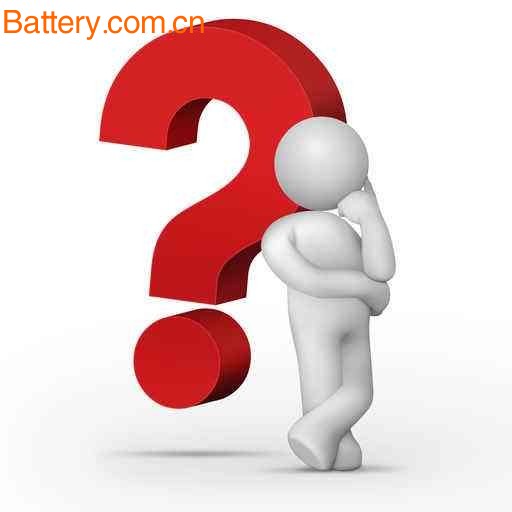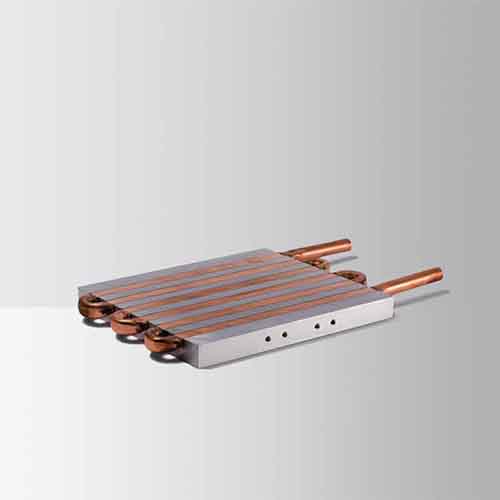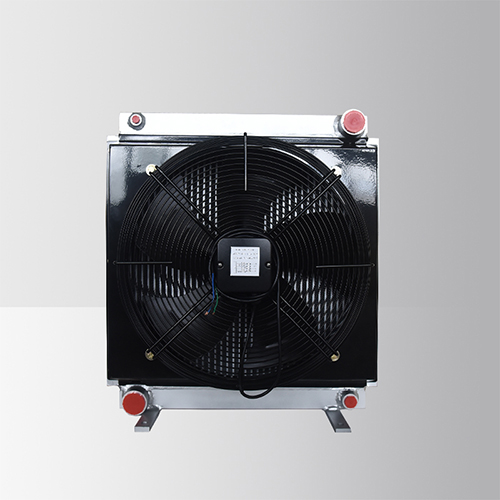The value of a commodity, in a literal sense, refers to the degree of satisfaction of the demand between a commodity object and the subject associated with it. Marx discussed this concept in Capital Theory. He believed that commodity value refers to human labor that is condensed in commodities without distinction, which is essentially embodied in a certain social relationship between producers.

Throughout the history of mankind, we have experienced two magnificent industrial revolutions. The first driving force is the steam engine, which is actually coal. The second driving force is electricity, and the essence is oil. From firewood to coal to oil, the history of mankind is changed by fossil energy, and the future of mankind is tied to renewable energy.
Jeremy Rifkin proposed in the "Third Industrial Revolution" that the third industrial revolution was the major transformation of human production, life and social economy caused by the combination of energy Internet and renewable energy. The third industrial revolution has begun and is imminent. It has five pillars: one, transforming to non-renewable energy; second, transforming each continent's buildings into micro-power plants to collect renewable energy on-site; and third, using hydrogen in each building and infrastructure. Other storage technologies to store intermittent energy; Fourth, use Internet technology to transform the power grid of every continent into an energy sharing network, adjust the remaining shortage, and rationally configure and use; 5. Transportation tools turn to plug-in and fuel cell powered vehicles, power required From the above grid.
Energy storage technology plays a key role in Jeremy Rifkin's vision of the third industrial revolution.
Since the development of energy storage technology, various energy storage technologies have been proposed and developed to meet the needs of different fields and different needs. Global energy storage technologies mainly include physical energy storage, chemical energy storage (such as sodium-sulfur batteries, all-vanadium flow batteries, lead-acid batteries, lithium-ion batteries , supercapacitors, etc.), electromagnetic energy storage and phase change energy storage.
In comparison, lithium-ion battery energy storage is the most feasible technical route in the development of energy storage products. Lithium-ion batteries are known as green batteries because of their high energy density, low self-discharge, no memory effect, wide operating temperature range, fast charge and discharge, long service life, and no environmental pollution. At present, under the promotion of Tesla , BYD, Yinlong and other enterprises, the trend of lithium-ion batteries becoming mainstream energy storage battery technology is becoming more and more obvious.
At present, lithium ion batteries widely used in the field of new energy mainly include ternary lithium batteries , lithium iron phosphate batteries and lithium titanate batteries .
The advanced development of the ternary lithium battery industry is Korea, Japan and China. Due to the high capacity density of the ternary lithium battery and the relatively long cruising range, it has achieved remarkable results in the field of passenger vehicles. However, it has shortcomings in terms of safety, high temperature resistance, and longevity. In 2016, the Ministry of Industry and Information Technology once suspended the ternary lithium battery bus into the list of recommended models for the promotion and application of new energy vehicles, and officially lifted the ternary lithium battery bus in 2017. Use, but to meet the "safe technical conditions of electric buses."
At present, the countries with relatively mature mass production technologies in the field of lithium iron phosphate mainly include the United States, Canada and China. Compared with ternary lithium batteries, lithium iron phosphate batteries are widely used in pure electric buses because of their stable safety performance, high temperature performance and light weight. However, it has shortcomings in low temperature performance, tap density of positive electrode materials, etc., and has no advantage in terms of work efficiency.
There is also a battery that is currently the focus of the market - lithium titanate battery. At present, there are only two companies with lithium titanate materials and power and industrial Applications, Toshiba and China Yinlong. Lithium titanate battery is the longest and safest battery in lithium battery, and can achieve fast charging and discharging in 6 minutes, and wide temperature range from -50 °C to 60 °C. On the life cycle, ordinary lithium-ion batteries are about 1000-2000 cycles, and lithium titanate is 30,000 cycles, which is 15 times that of the former. However, the battery of this material has a natural defect: the low energy density limits the cruising range, and the fast charging characteristics of lithium titanate can make up for the short board with insufficient cruising range. Currently in the commercial vehicle market. It is very popular.
As the ecological environment and climate change situation become increasingly severe, the energy revolution characterized by priority in the development of renewable energy has become an inevitable trend. An unavoidable reality is that no matter what kind of technology, new energy cannot replace the traditional fossil energy. The innovation of new energy technologies also needs to be promoted by society, industry and enterprises. The industry should look at any emerging technology from a development perspective. The difference in the advantages of each technology must exist in the corresponding market, and the market is the real touchstone of technology.
With the advancement of lithium titanate industrialization, the overall cost reduction, as well as the increase in energy density, lithium titanate has significant advantages in airport shuttle buses, city buses, urban logistics vehicles and other markets.
In addition to the above-mentioned ternary lithium, lithium iron phosphate, lithium titanate, the future energy storage technology will further diversify, such as the upcoming fuel cell, will provide users with more choices.
What is the value of a lithium-ion battery that looks imperfect? ​​It depends on our vision, is it limited to the surface phenomenon in front of us, or is it the insight into the long-term significance?
Energy storage technology is of great significance to the energy revolution. It is the companies that have mastered the world's leading core technologies, such as Yinlong and Tesla, which have made breakthroughs in the field of new energy and provided strong support for the energy revolution.
In 1804, a British mining technician named Dervisk first used the steam engine of Watt to build the world's first steam locomotive. In 1879, Siemens Electric Company of Germany developed the first electric locomotive. The train was in China. And the irreplaceable value of any other vehicle in the world as a vehicle carrying capacity. The development of China's high-speed railway is also growing stronger. From 199 km to 350 km/h, the future speed may rise to the point where we can't predict, but the same problem is that high speed brings safety issues that are of the utmost concern to global technologists. The high temperature operation of the motor and the long-term high temperature problem of the power equipment must be faced. The cooler technology of the motor and power equipment is a difficult problem in the world. We are also learning to innovate more liquid cooling technology. More applications. At present, our microchannel Heat Exchangers and cold plate heat exchangers have matured and established long-term cooperation with many countries.


Railway Heat Exchanger,External Engine Oil Cooler,Cooling Water Heat Exchanger,Hot Oil Heat Exchanger
Xinxiang Zhenhua Radiator Co., Ltd. , https://www.thermictransfer.nl